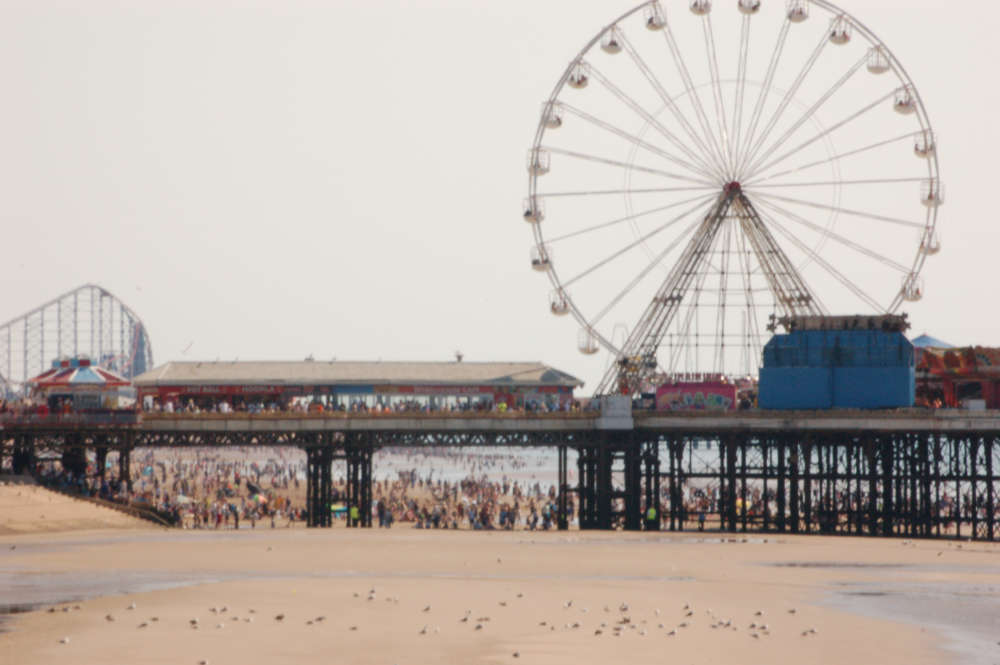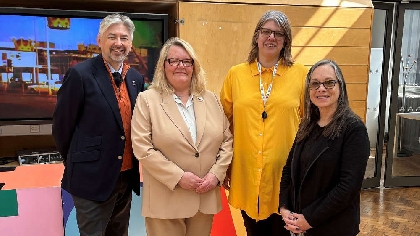
Blackpool is no longer the town with the highest rate of children living in care as efforts to keep families together are achieving results.
It is the first time since 2009 the resort has not topped the national table with Stoke now having the highest level. The number of children living in care in Blackpool was reported as 525 in January this year, down from levels of 651 in 2022.
A meeting of Blackpool Council’s Children and Young People’s Scrutiny Committee heard measures including the provision of three family hubs in the town were proving successful in keeping families stable.
However figures show the resort has higher proportions of babies entering care – effectively being born into care, with around a third of children entering care being infants under 12 months old.
Councillors were told it was not unusual for some parents to have had three, four or five children removed from them at birth.
Chris Coyle, assistant director of Children’s Services at the council, said many siblings were adopted together into the same families and the main focus was always the welfare of the child.
He said: “We try to support parents but if at the end of that they don’t get their child back because it’s not safe to do so, we are social workers for the child not the parent.
“We have specialist support for parents who have had their child removed into care, hopefully with the aim of preventing it from happening again.”
Mr Coyle welcomed the data which showed Blackpool no longer had the highest rate of children living in care, but said the council’s focus was not on the numbers.
He said: “We are not focusing on numbers but making the right decision for the child, and if we do that the numbers will look after themselves.”
The meeting also heard challenges remained around the cost of children’s social care because while the numbers in care had reduced, the number in residential care was the same.
Mr Coyle said the solution to this was to focus on recruiting and retaining more foster carers as out of 21 children who had gone directly into residential care last year “at least 12 of them could have gone into foster care.”



 Road closures for Blackpool Marathon and Half Marathon
Road closures for Blackpool Marathon and Half Marathon
 Showtown History Centre re-opened
Showtown History Centre re-opened
 Concern growing for missing Fleetwood man
Concern growing for missing Fleetwood man
 Teenager arrested after high speed pursuit on M6 and M65
Teenager arrested after high speed pursuit on M6 and M65
 Man jailed for assaulting a woman in Blackpool
Man jailed for assaulting a woman in Blackpool
 Appeal after man dies in Lytham collision
Appeal after man dies in Lytham collision
 Suspected arson attack destroys derelict church building in Thornton
Suspected arson attack destroys derelict church building in Thornton
 Tattoo Hygiene Rating Scheme helps residents to make informed choices
Tattoo Hygiene Rating Scheme helps residents to make informed choices




